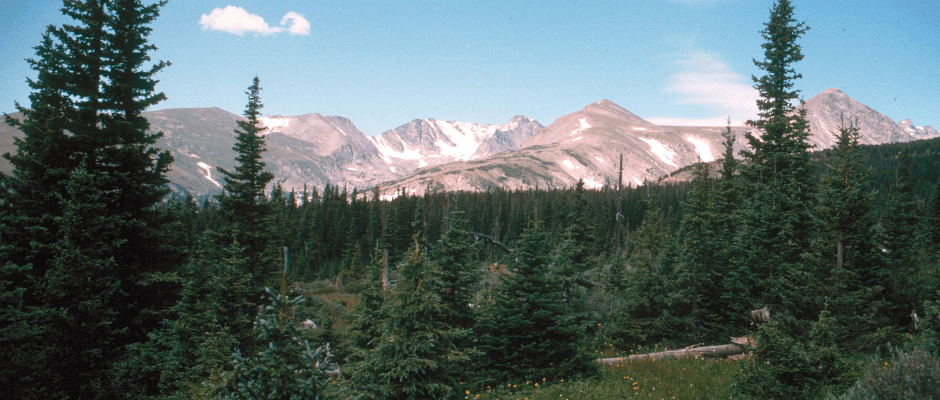Share this article
Spruce Beetle Infestations Not to Blame for Fire
The tiny spruce beetle (Dendroctonus rufipennis) has been blamed for an increase in forest fires in Colorado, but new research shows the critters aren’t necessarily at fault.
As part of a study, recently published in the journal Ecological Applications, researchers examined the barks of dead trees in subalpine forests of southwestern Colorado for signs of beetle presence in order to determine which trees were killed by high-severity forest fires and which fell victim to bark beetle infestations — and whether the two were connected.
“Our key findings were that an increase in spruce beetle infestation didn’t lead to higher fire severity,” said Robert Andrus, a PhD student at the University of Colorado, Boulder and lead author of the study. “High fire severity is more likely caused by topography and weather patterns.” According to Andrus, for a subalpine forest to burn, there needs to be dry, windy conditions because high subalpine forests are cool and wet.
Coincidentally, bark beetle outbreaks are also driven by warm and dry conditions. “It’s infrequent for these two events to overlap, but it’s likely that they will overlap more frequently with climate change,” Andrus said.
At a time when policymakers and land managers are pouring money into the problem — the 2014 Farm Bill authorized $200 million to help reduce the risk of insect outbreak, disease and wildfires across National Forest lands — according to Andrus, understanding the nature of the interaction between these two disturbances would also help. “From an ecological perspective, it’s helpful for managers to know bark beetle outbreaks aren’t the driver of fire severity in subalpine zones,” he said.
Header Image: Recovering subalpine forest on Niwot Ridge, Colorado. Image Credit: David Lawrence, licensed by cc 2.0








